Working with documents is about collaborating on and generating the types of information resources required for the work to be completed. This is particularly important when working on projects that require a lot of moving parts, such as developing software. Documentation ensures everyone is on the same page and helps eliminate wasted time spent trying to comprehend instructions.
Most documents, particularly those created within professional organizations or contexts, adhere to certain conventions and standards in their creation. This provides a higher level of consistency and clarity in workflows for documentation and ecosystems. Documents can be structured, such as lists-based or tabular forms and scientific charts, semistructured like notes or letters written by hand or unstructured as in an online blog post. In general, though, documents usually contain an assortment of text and other non-textual elements, including images tables, graphs, and tables.
Document collaboration is usually about the division of teams into groups with varying permissions and access to documentation in order that each group can focus on their own tasks without having to worry about accidentally altering or overwriting the work of others. Version control is also essential to track and restore older versions of documents. Furthermore, it allows for the ability to allow both synchronous and asynchronous communication within the document. By making guidelines of this kind, you can give your team members the best chance of being successful when it comes to using the documents of your company.
